Present Simple Vs Present Continuous Past Simple Past Continuous
Tenses generally refer to the state of a verb. In other words, tenses are forms of a verb that makes an indication of the time when it happened.
In general, there are three types of tenses.

Here is a quick explanation of the tenses.
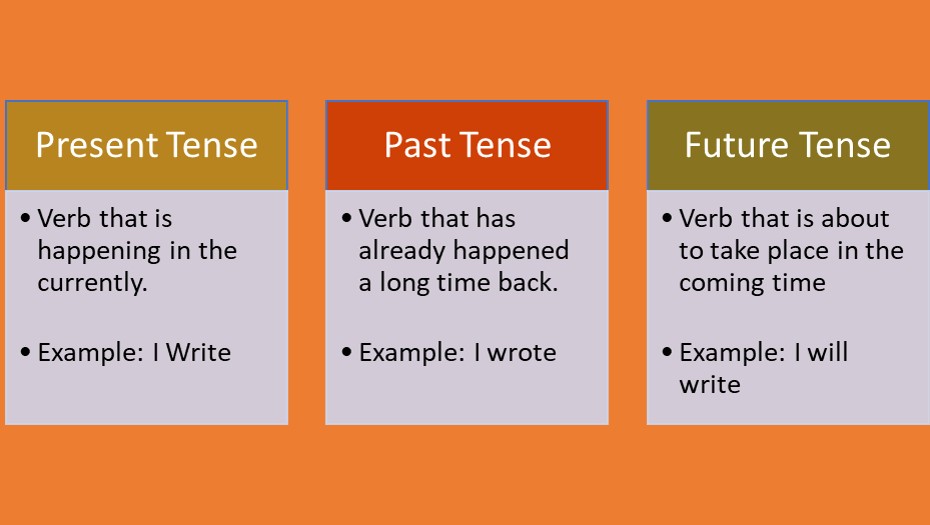
Types of Types of Tenses
Present Tense
- Simple Present
- Present Continuous
- Present Perfect
- Present Perfect Continuous
Past Tense
- Simple Past
- Past Continuous
- Past Perfect
- Past Perfect Continuous
Future Tense
- Simple Future
- Future Continuous
- Future Perfect
- Future Perfect Continuous
Digging Deeper into the Tenses
Present – Perfect Tense
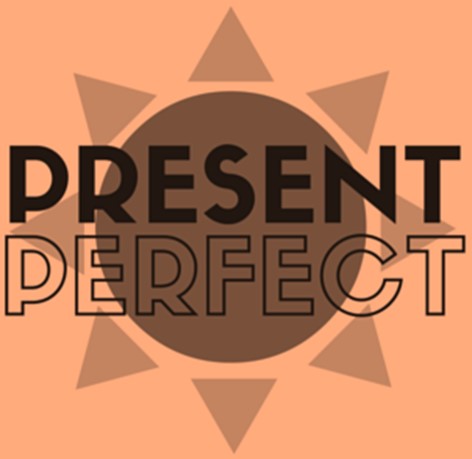
Present Perfect Tense indicates to any action or some state that has most probably occurred in the past in some indefinite time (Example: We have eaten before) or the action began in the past and is continuing in the present (Example: His impatience has grown since the last hour) The present perfect tense is generally formed by Have/Has + Past Participle This verb is pretty easy to be constructed.
- The very first addition to the sentence is "have" or "has". This depends completely on the verb conjugation.
- Secondly, the next element calls for the "past participle". This type of verb is generally formed by adding up an "ed" or "d" to the root of the words like walked, slipped etc.
- There are a few words in the English language that have irregular forms of past participle and they are: gone, won, done, etc.
Examples
I have travelled this country before. We have eaten the same pizza here. One of the primary things to remember about present perfect tense is that it can never be used when there is a happening of a situation about which you are specific.
Correct: I have put away all the negativities.
Incorrect: I have put away all the negativities yesterday. Present Perfect tense can also be used to talk explicitly about something that has happened in the part and is still happening in the present.
Correct: She has had her tour since Wednesday.
Simple Past Tense
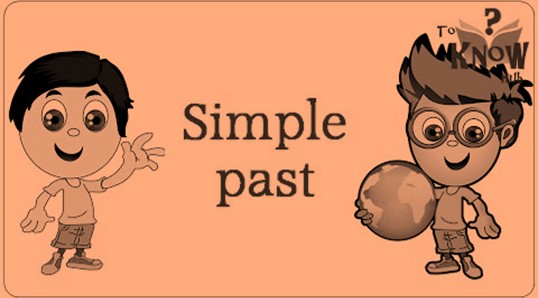
A simple Past Tense is a simple form of verb tense that is generally used to describe things or events that have already happened somewhere in the past.
Examples
Ram entered a micky mouse show. Ram won a gold medal. It can also be used to describe how someone feels about something. Simple Past Tense is generally used to describe it.
Example
Ram was proud of winning the contest.
Making of Simple Past Tense Addition of "-ed" in the root of regular verbs is how to make a simple past tense.
Example
Play = Played
Past Continuous

This form of the verb is also known as Past Progressive Tense. This form of tense is usually needed to indicate an ongoing action or to something that has already happened in the past. The Past Continuous tense is formed by joining was/were + present participle (-ing)
Examples
The sun was shining all day long during the summer.
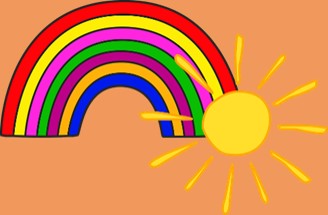
Past Continuous tense is also used to refer situations that have continued to happen in the past when no other action made an interruption.
Example
I was having lunch when he arrived. Past Continuous tense also refers to the exact time the situation was happening in the past.
Example
At 7'o clock, I was watching television.
Caution: Not all the verbs are used to describe an action that is continuous. Some of the verbs can't be used in this form of tense.
Example
Incorrect: At noon, she was eating.
Correct: At noon, she ate.
Past Perfect Tense
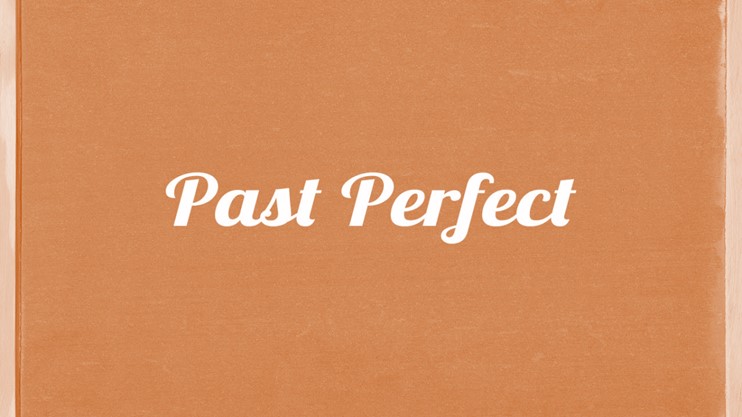
Past Perfect Tense is also known as pluperfect tense. This is a form of verb tense that basically talks about the different actions that were already finished at some point in time in the past.
Example
It was no less than a shock to find out that someone had graphitized in the backyard. In general, past perfect tense is used to discuss something that usually happened before something else.
Formation of Past Perfect
Past Perfect Tense is formed by had + past participle. The subject of the verb doesn't matter and it can be singular as well as plural.
Recap
- Tense is nothing but a verb that explains the timing of the events along with the state and act.
- There are three types of tenses: Past, Present, and Future.
- Further, these tenses are classified into various other tenses.
- The present perfect tense is formed by Have/Has + Past Participle.
- Addition of "-ed" in the root of regular verbs is how to make a simple past tense.
- The Past Continuous tense is formed by joining was/were + present participle (-ing)
- Past Perfect Tense is formed by had + past participle.
Source: https://english.olympiadsuccess.com/class-5-tenses---present---perfect-past---simple-continuous-and-perfect
0 Response to "Present Simple Vs Present Continuous Past Simple Past Continuous"
Post a Comment